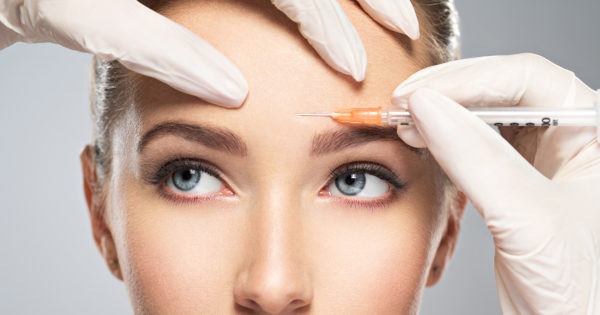After a liposuction session at clinics like Sonobello and Smart Lipo, the remaining skin can get saggy. There are invasive and non-invasive options to help the skin get back into shape, and one of these options is
One of the most popular treatments done by dermatologists and occasionally, surgeons or other doctors, is botulinum toxin injection. This toxin causes muscle paralysis and has medical applications including cosmetic dermatology. Before it found its way into human skin, Botox treatments have had an interesting history.
Pork Sausages and A Physician
Justinus Kerner was the first to suggest that the causative agent of an outbreak of sausage poisoning had therapeutic applications. A community he attended to had gotten sick from blood sausages and he researched and recorded all the signs and symptoms of the disease. He even went further to experiment on animals to find out the effects of the toxin.
The name Botulinum actually means sausage in Latin, and the term botulism was first used by another German physician named Muller. It was only after 100 years that developments in science allowed identification of two different strains of the bacteria, and that the bacteria itself does not cause botulism but the toxin.
Botulism was thought to only occur on contaminated and exposed food. That was disproved when canned white beans in Germany were found to be the cause of a botulism outbreak in Germany in 1904.
Canned Food and Cosmetics
The mass production of canned food meant increasing concerns over botulism outbreaks. In response to this concern, the Hooper Foundation in San Francisco took the initiative to develop techniques in controlling and growing Clostridium botulinum. The technique in growing botulinum was further refined and was seen as a viable option for biowarfare during WWII.
Years later, the widespread clinical use of botulinum toxin was mainly in eye disorders like strabismus. The very first instance of botulism used for cosmetic reasons was when Richard Clark evened out the wrinkles on one of his patient’s forehead. THe patient has been receiving botulinum toxin for a corrective cosmetic facelift on the right side of their face.
It was only in 2002 that botulinum toxin finally got the Botox brand name, when FDA approved Botox Cosmetic. The type of botulinum toxin used was botulinum A toxin, and was only indicated for smoothing out wrinkles on the forehead.
Botox has since then been used in other ailments like migraines, hyperhidrosis (or excessive sweating), and blepharospasms. It’s also been used to remedy cervical dystonia (neck muscle pain), and depression. The latter works like a placebo, albeit relying on physical appearance as a confidence booster.
How Does Botox Work?
If you’ve ever heard of spiders biting people who subsequently die of suffocation, that’s because the venom is neurotoxic. That means it affects the nervous system. Botulinum toxin works the same way, but permanently.
The botulinum toxin blocks nerves so that they can’t send or receive signals to and from muscles. In turn, the muscles lose the ability to contract or relax. The muscle will appear fuller under the skin. This gives the illusion of a younger, wrinkle-free skin.
Botulinum toxin has been marketed under different names like Xeomin and the more popular name, Botox.
